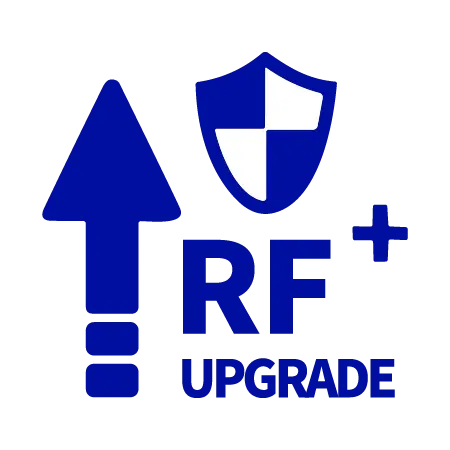Back To Basic: 9 Technical Terms In RF/Coaxial Connectors
Today we would like to share 9 basic terms relate to RF connectors industry with you. Hope you find them helpful!
Table Of Content:
Corona
Corona is an effect that could bring electrical/dielectric/thermal breakdown, power loss, fires, and electromagnetic/coaxial interference. When it comes to selecting high-voltage connectors, they must be durable and properly made for the environment.
Atmospheric & environmental conditions and geometry & materials of connectors are critical factors lead to corona. The space between metal components and conductors is a crucial aspect as well as the effect of sharp corners.
DWV
Dielectric Withstanding Voltage (DWV) is an electrical test serves to see connectors' potential to operate reliably under diverse conditions.
It insures insulating materials are able to withstand momentary high voltages surges without causing dielectric failure. Testing standards differs between various applications.
Frequency
An RF/microwave signal is an alternating current (AC) wave form, meaning it swings from a positive to negative value. Each positive to negative swing is a cycle. Frequency indicates the number of cycles occurring per second.
Impedance
Impedance is expressed in "ohms" and determined by the connector geometry and insulating material parameters. Impedance varies with frequency.
For optimum performance, connector impedance must be as same as the system impedance.
Insertion Loss
Insertion loss is one of the factors contributes to the total of transmitted signal efficiency.
The loss of signal power because of the insertion is defined as insertion loss. Like VSWR (Voltage Standing Wave Ratio), it not only relates to changes in impedance directly, but also depends on the properties of a connector’s insulation materials and conductors.
VSWR
VSWR (Voltage Standing Wave Ratio) indicates a ratio of transmitted versus reflected signal through the connector with respect to frequency.
VSWR is directly related to changes in Impedance with respect to frequency. It is one of two major factors contributing to the total transmitted signal efficiency of the connector.
RF High Potential
RF High Potential is the maximum voltage requirement for any connectors at frequencies greater than 1 MHz. This requirement insures that a connector won’t exhibit excessive leakage current or dielectric failure due to high RF voltages.
RF Leakage
RF Leakage is the amount of signal which radiates from the connector with respect to frequency. Sources for signal leakage can come from slots or holes in a connector body, from poorly mated connectors or through the braid in a coaxial cable.
Working Voltage
Working Voltage is the maximum safe operating voltage of a connector over its rated frequency range and atmospheric conditions.
Although other voltage specifications might be higher levels, they serve as safety requirements to insure a connector operates properly at or below its rated working voltage.



















